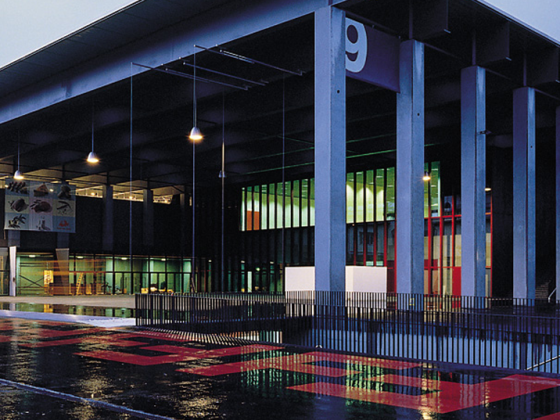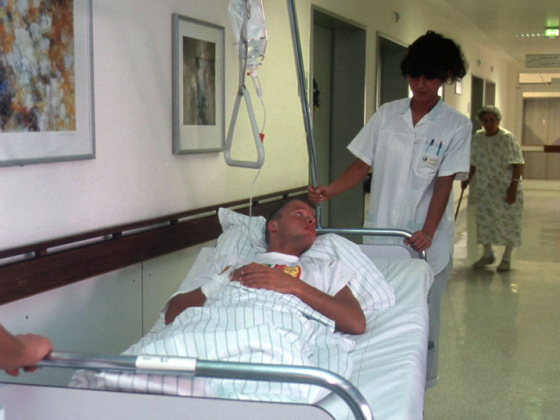Topical steroids are the drugs of choice for milder forms of psoriasis. In addition to conventional creams, patches containing active ingredients are also available for treatment. An important advantage of occlusive patches is improved moistening of predilection sites.
About 80% of the 150,000 psoriasis sufferers in Switzerland suffer from a mild, localized form of psoriasis called plaque psoriasis. Treatment is with various topical agents, foremost among which are topical corticosteroids (Class III-IV). “These are used as sole therapy or in combination with the vitamin D3 analog calcipotriol,” explained Prof. Ralph Trüeb, MD, Dermatology Practice and Hair Center, Wallisellen, at the Internal Medicine Update Refresher at Technopark Zurich in May. Topical steroids are used once daily as monotherapy for small areas of psoriasis. The maximum treatment duration of six weeks should not be exceeded. “For larger areas, the treatment duration should be limited to two weeks because of the risk of adrenocortical suppression,” the specialist recommended.
Elaborate treatment
In addition to the anti-inflammatory and anti-proliferative steroid treatment, retinoids (tazarotene), dithranol (anthralin) and coal tar as well as keratinolytic substances (salicylic acid and urea) are used. The treatment is complex: Some of the substances must be applied several times a day. As a result, skin irritation and discoloration of clothing may occur.
With topical therapies, phototherapy and biologics, effective therapies exist for the different severities of psoriasis. Nevertheless, many sufferers are frustrated with the treatment.
One important reason is the enormous amount of treatment required. “This can have as negative an impact on quality of life as the disease itself,” Prof. Trüeb said. To assess the severity of the disease, the PASI alone is not sufficient, he said. “In addition, the quality of life of those affected must always be assessed using the DLQI (“Dermatology Life Quality Index”),” the specialist said.
BMV-containing plasters
As an alternative to cortisone-containing cream, patches containing bethamethasone valerate (BMV) (Betesil®) can also be used. “These were developed with the goal of simplifying and intensifying psoriasis treatment,” Prof. Trüeb said. The occlusive patches are applied directly to the affected psoriasis lesions and must be renewed at 24 hr intervals.
As shown in an efficacy and safety study, the BMV patch (0.1%) resulted in a 75% reduction in initial PASI (“Psoriasis Area and Severity Index”) score in 38% of sufferers after the four-week treatment period, compared with 11.9% (p=0.011) using conventional treatment with BMV cream (0.12%) [1]. Parameters used to assess single-cell lesions, such as scaling, infiltration, and erythema, improved markedly compared with the cortisone-containing cream. In addition, skin hydration increased significantly under the occlusive patch. “This is important because skin dryness leads to a recurrence of psoriasis more quickly,” Prof. Trüeb said. Good hydration is therefore an essential therapeutic element of the occlusive patch.
Both therapies, the BMV patch and the cream, were well tolerated by the affected individuals. None of the subjects showed signs of suppression of the hypothalamic-pituitary-adrenocortical axis.
“Successfully Treating Psoriasis in Practice,” Satellite Symposium IBSA Institut Biochimique SA at the Forum for Continuing Medical Education, May 10, 2014, Zurich.
Literature:
- Pacifico A, Daidone R, Peris K: J Eur Acad Dermatol Venereol 2006 Feb; 20(2): 153-157.
DERMATOLOGIE PRAXIS 2014; 24(3): 40-41











